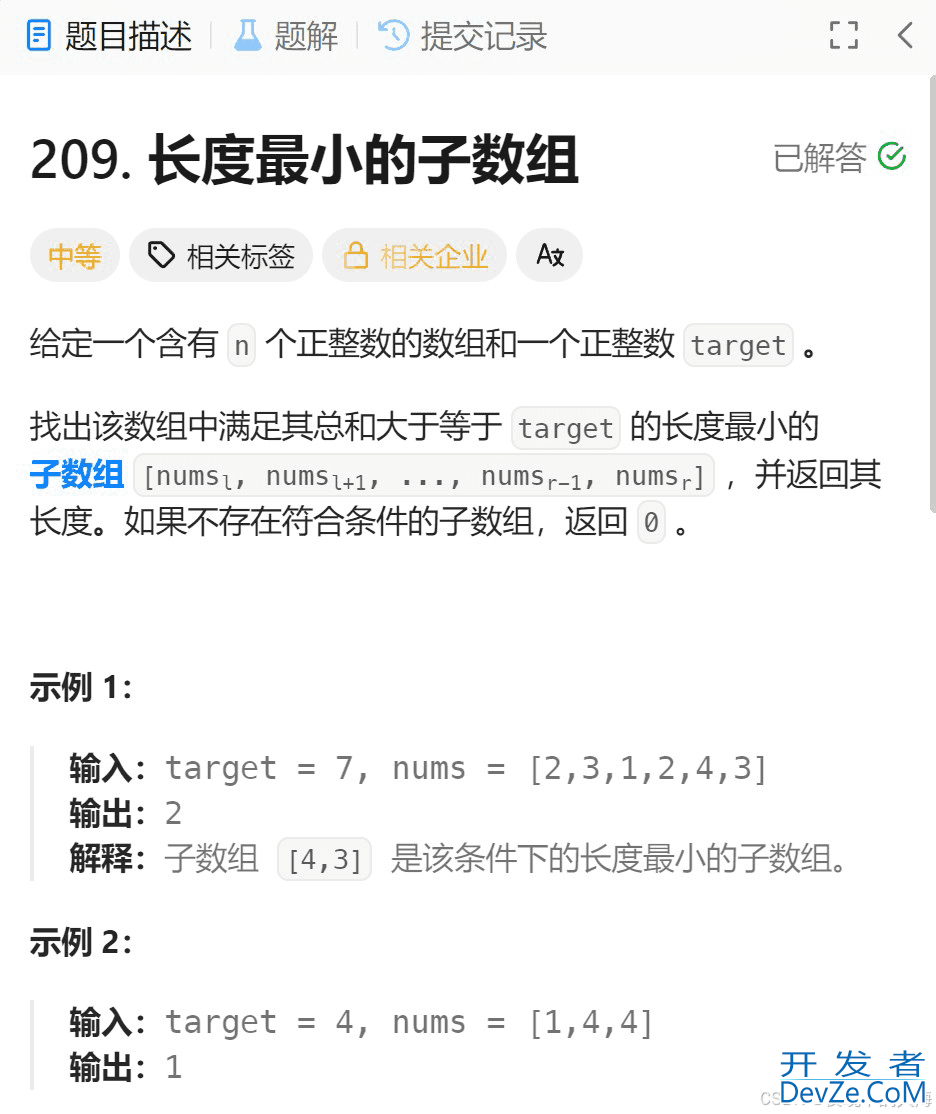SpringBoot启动时执行自定义内容的五种方法
目录
- 引言
- 1. 使用CommandLineRunner或ApplicationRunner接口(推荐)
- 1.1 CommandLineRunner
- 1.2 ApplicationRunner
- 1.3 控制执行顺序
- 2. 使用@PostConstruct注解
- 3. 实现ApplicationListener监听启动事件
- 3.1 监听ApplicationReadyEvent
- 4. 使用InitializingBean接口
- 5. 在main方法中直接执行
- 总结
引言
在Spring Boot应用android开发中,我们经常需要在应用启动时执行一些初始化逻辑,比如加载配置、初始化数据、启动后台任务等。Spring Boot提供了多种方式来实现这一需求,本文将详细介绍5种常用的方法,并分析它们的适用场景和优缺点。
1. 使用CommandLineRunner或ApplicationRunner接口(推荐)
Spring Boot专门提供了CommandLineRunner和ApplicationRunner接口,用于在应用启动后执行自定义逻辑。它们的区别在于参数传递方式不同:
1.1 CommandLineRunner
CommandLineRunner接收一个字符串数组(String... args),适合处理简单的命令行参数。
import org.springframework.boot.CommandLineRunner;
import org.springframework.stereotype.Compon编程客栈ent;
@Component
public class MyCommandLineRunner implements CommandLineRunner {
@Override
public void run(String... args) throws Exception {
System.out.println("应用启动后执行 - CommandLineRunner");
// 可以在这里访问Spring容器中的Bean
}
}
1.2 ApplicationRunner
ApplicationRunner接收ApplicationArguments对象,提供了更结构化的参数访问方式(如getOptionNames()、getNonOptionArgs()等)。
import org.springframework.boot.ApplicationArguments;
import org.springframework.boot.ApplicationRunner;
import org.springframework.stereotype.Component;
@Component
public class MyApplicationRunner implements ApplicationRunner {
@Override
public void run(ApplicationArguments args) throws Exception {
System.out.println("应用启动后执行 - ApplicationRunner");
// 可以访问命令行参数
if (args.containsOption("debug")) {
System.out.println("Debug模式已启用");
}
}
}
1.3 控制执行顺序
如果有多个Runner,可以使用@Order注解或实现Ordered接口来控制执行顺序:
@Component
@Order(1) // 数字越小,优先级越高
public class FirstRunner implements CommandLineRunner {
@Override
public void run(String... args) {
System.out.println("第一个Runner执行");
}
}
@Component
@Order(2)
public class SecondRunner implements CommandLineRunner {
@Override
public void run(String... args) {
System.out.println("第二个Runner执行");
}
}
适用场景:
- 需要在应用完全启动后执行初始化逻辑(如加载数据、启动后台任务)。
- 需要访问Spring容器中的Bean。
优点:
- 官方推荐,专为启动后执行设计。
- 支持执行顺序控制。
缺点:
- 无法在Bean初始化阶段执行。
2. 使用@PostConstruct注解
@PostConstruct是jsR-250标准注解,用于标记在Bean初始化完成后执行的方法。
import Javax.annotation.PostConstruct;
import org.springframework.stereotype.Component;
@Component
public class MyPostConstructBean {
@PostConstruct
public void init() {
System.out.println("Bean初始化后执行 - @PostConstruct");
// 可以在这里执行初始化逻辑
}
}
适用场景:
- 需要在单个Bean初始化完成后执行逻辑(如数据库连接测试、缓存预热)。
优点:
- 简单易用,适用于单个Bean的初始化。
缺点:
- 无法控制多个Bean的执行顺序。
- 执行时机较早(在Bean初始化后,但应用可能还未完全启动)。
3. 实现ApplicationListener监听启动事件
Spring Boot提供了多种事件,如ApplicationReadyEvent(应用完全启动后触发)、ApplicationStartedEvent(应用启动后但未处理请求时触发)等。
3.1 监听ApplicationReadyEvent
import org.springframework.boot.context.event.ApplicationReadyEvent;
import org.springframework.context.ApplicationListener;
import org.springframework.stereotype.Component;
@Componen编程客栈t
public class MyApplicationListener implements ApplicationListener<ApplicationReadyEvent>javascript; {
@Override
public void onApplicationEvent(ApplicationReadyEveandroidnt event) {
System.out.println("应用完全启动后执行 - ApplicationReadyEvent");
// 可以在这里执行应用启动后的逻辑
}
}
适用场景:
- 需要在应用完全启动后执行逻辑(如发送启动完成通知)。
优点:
- 精确控制执行时机(应用完全启动后)。
缺点:
- 代码稍显冗长,不如
CommandLineRunner简洁。
4. 使用InitializingBean接口
InitializingBean是Spring提供的接口,其afterPropertiesSet()方法会在Bean属性设置完成后执行。
import org.springframework.beans.factory.InitializingBean;
import org.springframework.stereotype.Component;
@Component
public class MyInitializingBean implements InitializingBean {
@Override
public void afterPropertiesSet() throws Exception {
System.out.println("Bean属性设置后执行 - InitializingBean");
// 可以在这里执行初始化逻辑
}
}
适用场景:
- 需要在Bean属性设置完成后执行逻辑(如校验配置)。
优点:
- 适用于单个Bean的初始化。
缺点:
- 执行时机较早(在Bean初始化阶段)。
- 不如
@PostConstruct简洁。
5. 在main方法中直接执行
如果逻辑非常简单,可以直接在main方法中执行:
import org.springframework.boot.SpringApplication;
import org.springframework.boot.autoconfigure.SpringBootApplication;
@SpringBootApplication
public class MyApplication {
public static void main(String[] args) {
System.out.println("Spring Boot启动前执行");
SpringApplication.run(MyApplication.class, args);
System.out.println("Spring Boot启动过程完成后执行");
// 注意:这里的代码会在Spring Boot启动后立即执行,但不一定是所有Bean都初始化完成
}
}
适用场景:
- 极简单的初始化逻辑(如打印日志)。
优点:
- 无需额外代码。
缺点:
- 无法保证所有Bean都已初始化。
- 不推荐用于复杂逻辑。
总结
| 方法 | 适用场景 | 执行时机 | 优点 | 缺点 |
|---|---|---|---|---|
| CommandLineRunner/ApplicationRunner | 应用启动后执行初始化逻辑 | 应用完全启动后 | 官方推荐,支持顺序控制 | 无法在Bean初始化阶段执行 |
| @PostConstruct | 单个Bean初始化后执行逻辑 | Bean初始化后 | 简单易用 | 无法控制多个Bean的执行顺序 |
| ApplicationListener | 应用完全启动后执行逻辑 | 应用完全启动后 | 精确控制执行时机 | 代码稍显冗长 |
| InitializingBean | 单个Bean属性设置后执行逻辑 | Bean属性设置后 | 适用于单个Bean | 执行时机较早 |
| main方法直接执行 | 极简单的初始化逻辑 | Spring Boot启动后 | 无需额外代码 | 无法保证所有Bean初始化 |
推荐选择:
- 需要应用完全启动后执行逻辑 → 使用CommandLineRunner或ApplicationRunner(推荐)。
- 需要在单个Bean初始化后执行逻辑 → 使用@PostConstruct。
- 需要精确控制执行时机 → 使用ApplicationListener监听ApplicationReadyEvent。
希望本文能帮助你选择最适合的方式,在Spring Boot启动时执行自定义逻辑!
以上就是SpringBoot启动时执行自定义内容的五种方法的详细内容,更多关于SpringBoot执行自定义内容的资料请关注编程客栈(www.devze.com)其它相关文章!






 加载中,请稍侯......
加载中,请稍侯......
精彩评论